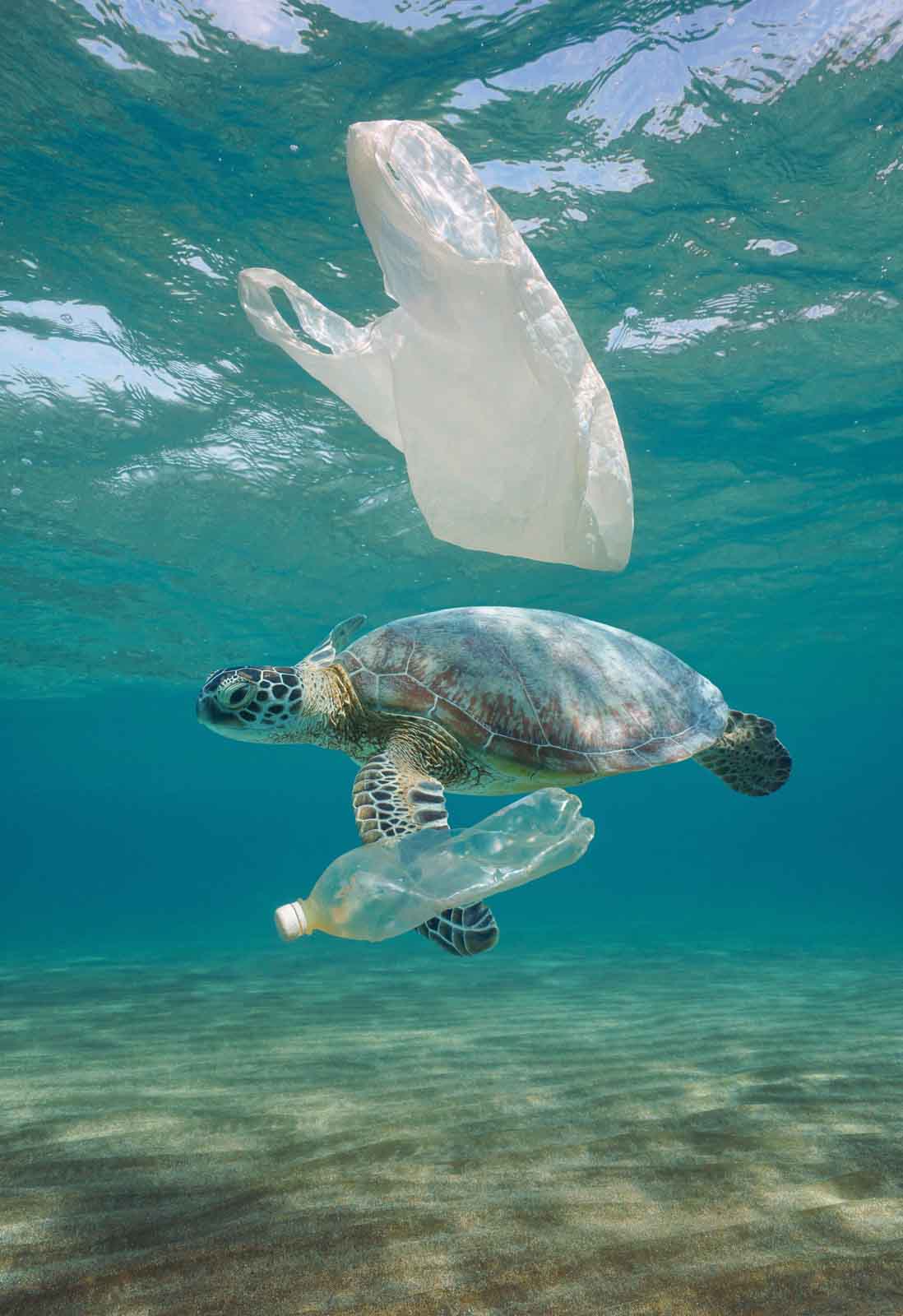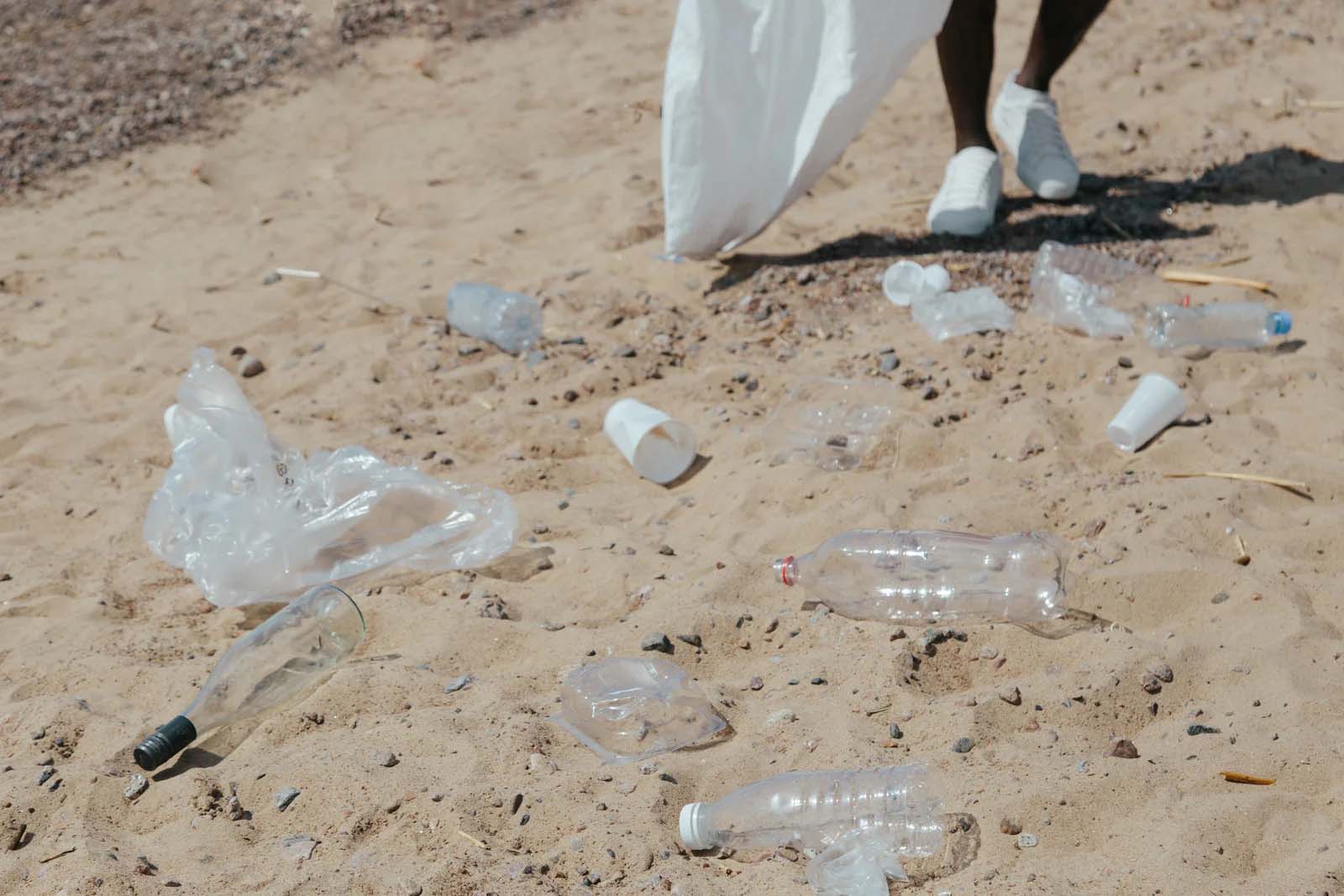If you wish to learn more about the fauna and visit the Galapagos Islands, the Endemic Catamaran offers 7 night itineraries that visit the Fausto Llerena Breeding Center on Santa Cruz Island.
Early in March, I was able to visit them and witness their amazing work. The joint Galapagos National Park/ Conservation International marine clean-up teams had asked me and Chris Marshall of Airborne Platforms Ltd to investigate how technology could help fight marine plastic pollution which arrives on the Archipelago via ocean currents.

In the past five years, the Galapagos Coast Clean-Up Team, with the help of 4,000 volunteers has collected over 80 tons of garbage, of which 70% is plastic. GCT funded research has revealed that most of the rubbish collected in Galapagos comes from industries outside of the Galapagos Marine Reserve. At least 40% of the plastic waste is from the maritime industry (more than twice the average global amount).
Through a blend of oceanographic current modeling and meticulous examination of waste items (referred to as 'garbological' analysis), the research has brought attention to the origins of this pollution. It has revealed that the fishing fleets operating in proximity to Galapagos waters, along with a limited number of urban regions on the South American mainland, are the primary contributors to this issue.
Understanding the causes is important if we want to be able to turn the tide on plastic pollution through policy, legal and education instruments. It's also imperative we act immediately in order protect the Galapagos wildlife. Plastic pollution is a real danger to coastal fauna. The work done by the team to remove and record the trash is vital. Our work showed that drones can speed both up.

By utilizing ocean current modeling, the analysis identifies the coastlines that bear the greatest impact. However, the field teams face significant challenges as they dedicate countless hours to reach rocky shorelines and locate sites where debris accumulates. These efforts often involve traversing several kilometers of challenging terrain under extreme heat. Even for experienced and committed teams, the task of collecting and transporting the collected rubbish back to support boats is arduous. Once aboard, the painstaking work of categorizing and quantifying the items begins, further adding to the demanding nature of the task.
The teams can identify the key sites of accumulation and the closest landing spot to them using drone-based coastal mapping. AI software can be used to analyze image maps from detailed monitoring sites in order to quickly generate quantitative pollution data. It will not completely replace manual surveys, but will reduce their frequency and allow for more cleanup time. By fine-tuning the aerial surveying we hope to be able clean up twice the coastline at the same time and protect the amazing wildlife.